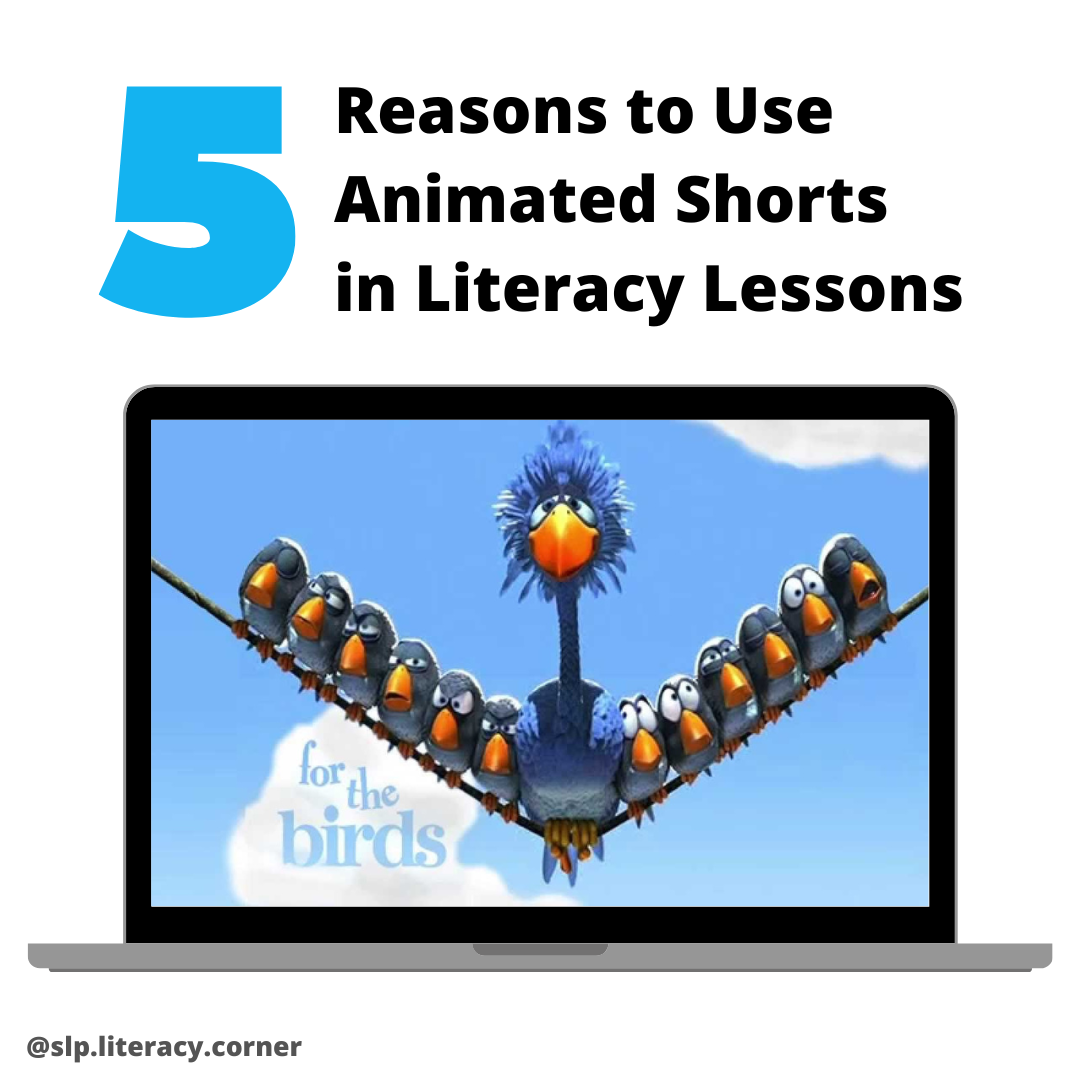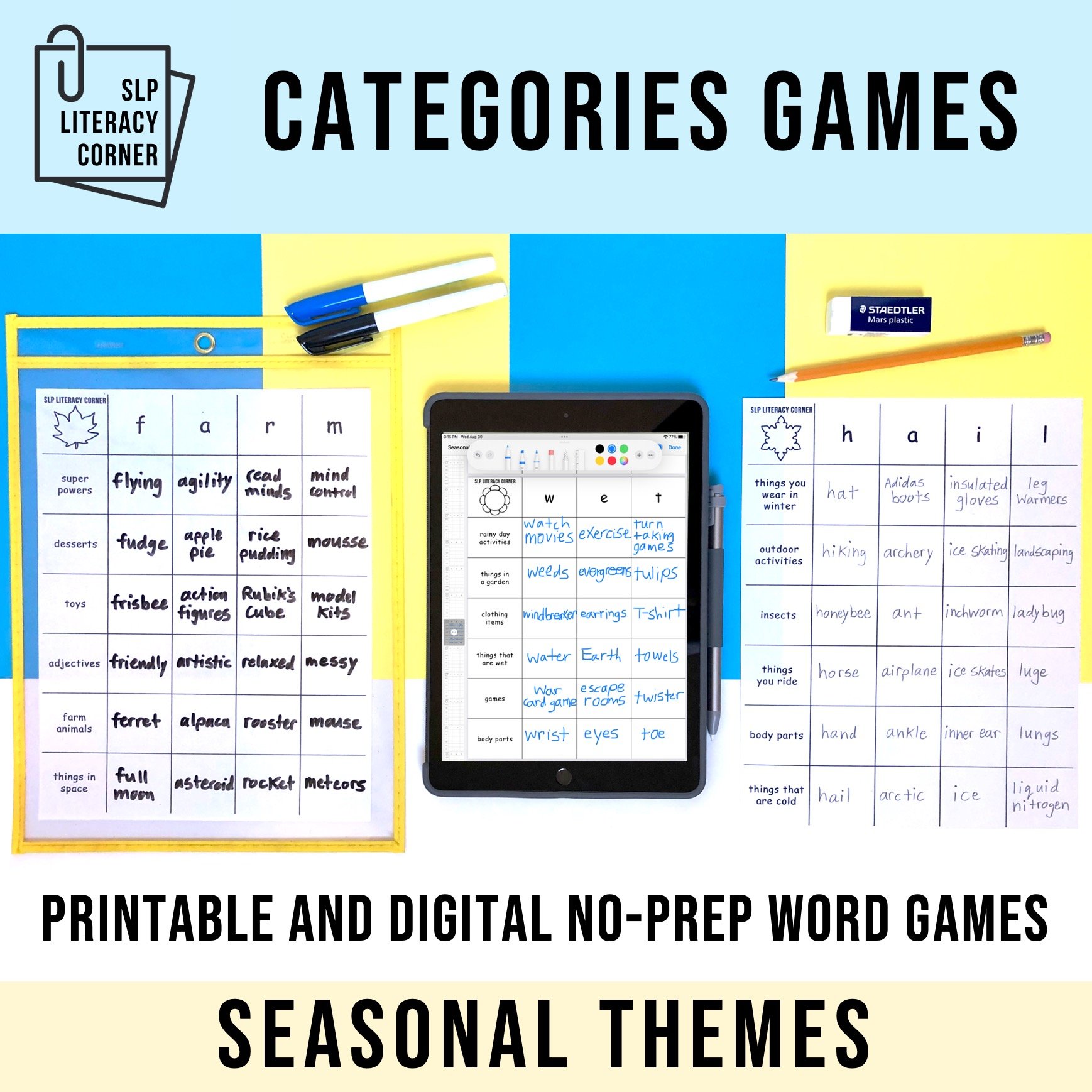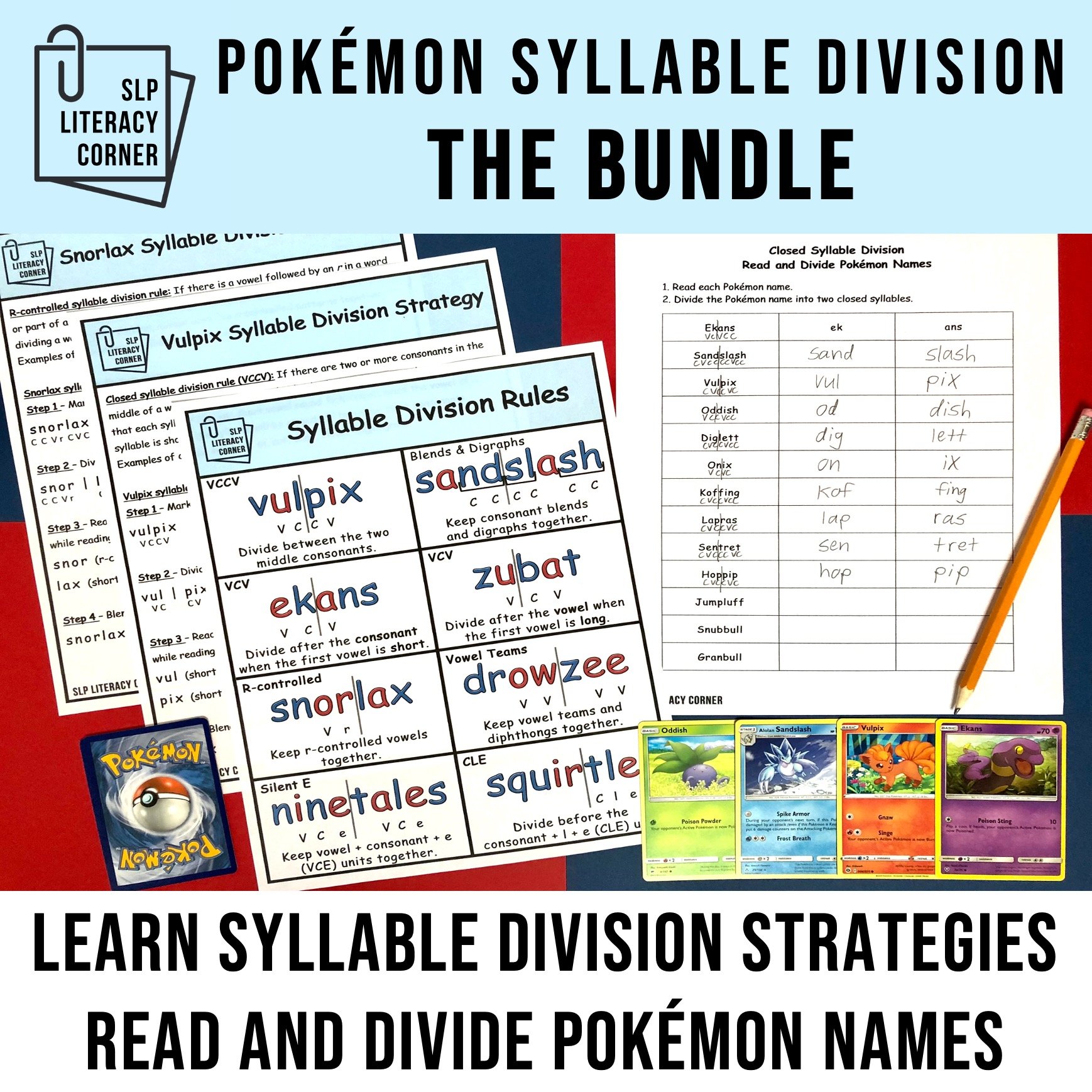Animated Shorts for Literacy
Written by: Brianna Guild, MHSc SLP(C)
Date: June 14, 2024
Have you ever used wordless animated shorts in your literacy lessons?
Some of my favourite ways to get students engaged in lessons are to use personal interests and animated shorts (bonus if you can find an animated short related to one of their interests)!
There are numerous ways to use animated shorts to target literacy goals. Here are some:
1. Build Vocabulary and Background Knowledge
- Vocabulary and background knowledge are both essential for reading comprehension because the more you know about a topic, the easier it is to understand and remember a text.
- Animated shorts can be used to introduce new vocabulary and concepts to students. Then, pair the short with a related text. For example, watch the animated short Smash and Grab, and discuss vocabulary and information relevant to robots before reading an informative text about robots. Students can use their knowledge from the discussion during the animated short to support their comprehension of the text/reading.
2. Inferencing and Predicting Skills
- Often when we read text, we must make inferences or “read between the lines.” This can be a difficult skill to learn, and it is also largely dependent on having the background knowledge applicable to the situation. The more practice students have making different types of inferences, the better.
- To make inferences while watching an animated short, support students to use the information from the visuals (what they see) and their background knowledge (what they already know) to make an educated guess about a situation or feeling, or predict what might happen next in the story.
3. Themes and Literary Devices
- Students can benefit from discussing the concepts of themes and literary devices beyond text by analyzing animated shorts. Many animated shorts are incredibly well thought out and contain an underlying theme woven throughout the video/story. This is the big idea, message or lesson the creators are sharing through the short.
- Teach students how to use visual clues and events in the short to identify the theme(s). There are also often literary devices used throughout animated shorts to help portray the theme. For example, symbolism, flashbacks, foreshadowing, personification, and irony are literary devices commonly used in animated shorts.
4. Story Structure and Retell
- Any stories with episodic narrative structure can be used to target narrative story structure and retell. These stories can be from books, animated shorts, or oral storytelling of personal narratives. Helping students establish an understanding of story structure, or a cognitive story schema, facilitates comprehension and generation of episodic narratives. Example story structure: characters, setting, problem, feeling, action(s)/attempt(s), ending/resolution, ending feeling.
- When we are working on developing a story schema, a set of expectations about the internal structure of stories, we want to use a wide variety of stories that have an episodic structure. We can include animated shorts among our materials, and have students work on oral and/or written retells of the shorts using this structure to support their comprehension and retell.
5. Writing
- Animated shorts are a great way to get students interested in writing tasks!
- Here are some writing prompts to pair with animated shorts:
Write a script for what the characters are saying. This is also a great activity for using quotation marks.
Write about your favourite scene and explain why you like it.
Write an alternate ending to the animated short.
Write about what might happen next in the story.
Write another story that is similar to or inspired by the short.
Write about a similar personal experience that you have had.
Write a comparison between the animated short and another story (could be another animated short, book, or personal experience).
Write an informative paragraph inspired by the characters, setting or other information from the short. You will have to do some additional research to learn more about your topic.
Join the SLP Literacy Corner email newsletter to get access to exclusive free resources, such as animated shorts for literacy handouts PLUS access to a Google Doc with links to all my favourite animated shorts. Sign up here!






